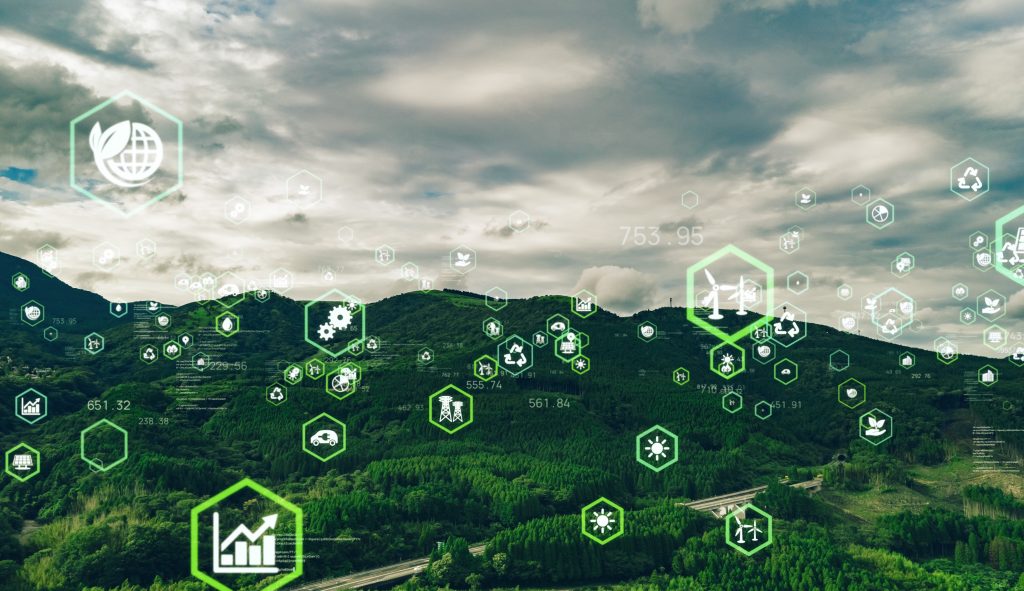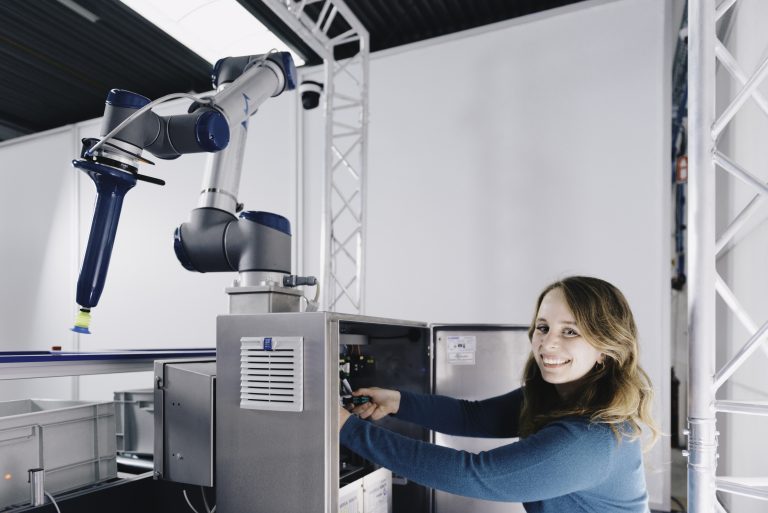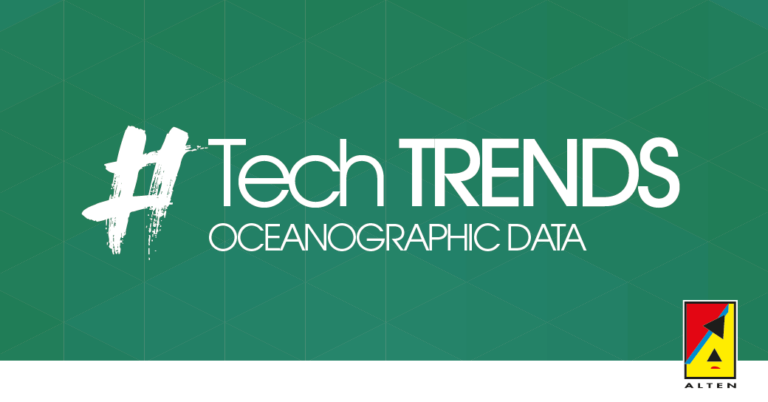What is Sustainability?
Currently, the global paradigm of business, portraits a scenario where companies tend to focus excessively on the profits and the return of investment generated by the development of their activities. Such focus comes, in part, from the lack of long-term strategies and the urge for quick wins.
Sustainability, as a school of thought, ends up going in the opposite direction of our paradigm, and, most of the time, is neglected during the course of most projects. Developing and managing projects in a sustainable way is “to look”, “to think” and “to picture” the long-term, and holistically developing 3 distinct dimensions: society, economy and environment.
Sustainability Within Projects
As a project manager and consultant for the automotive industry , during my professional career, I had the chance to observe the growing concern for the “application” of Sustainability, when it comes to project planning and project execution. However, sustainability criteria are more often seen in the development of products. Triggered by the raising concern towards CO 2 emissions, the automotive industry explored 2 major areas related to the sustainability (environmental) of products: the Eco-Design and the Product’s Life Cycle Management. On the other hand, the efforts for a “sustainable project” are still not that significant. The focus is still on “How to design with sustainability?” and not on “How to plan or execute in a sustainable way?”. To answer this last question, we should take a look at the current status of 3 major pillars within a business: The Company, The People and The Processes.
The Company
The Company and its Principles represent a major role on the inclusion of Sustainability in projects. Only with a strong culture of commitment and by setting “Sustainability” as one of the core Values of the company, the other 2 pillars may be developed.
It’s imperative to establish long-term strategic programs and to incorporate the sense of responsibility towards the society, the economy and the environment. Selecting Stakeholders and projects for the company’s portfolio based on sustainability criteria is a solid starting point.
With a mindset like this one, companies will reduce certain financial risks and will improve their “brand” within the markets, in terms of credibility and reputation.
The People
By default, the teams that execute projects for a company don’t have the necessary skills to develop sustainable projects. This means that, in a company that there’s no commitment towards Sustainability, only the Stakeholders that are intrinsically motivated by it (few, by experience) are able to add any kind of value in this subject.
Even the typical Project Manager, who ends up having a prominent role within the team, lacks those same skills. As project managers, we are programmed by our education (academic and professional) to manage Time, Costs and Quality. In that way, introducing Sustainability as soon as possible in our careers would be extremely beneficial to tackle the volatility of our current world.
The Processes
Processes represent the link between the Company and the People. In this field, I feel that there’s still a lot of room to improve. Currently, the daily work performed by most of the teams is ad hoc , which means that creating and developing specific Sustainability frameworks should be a top priority.
How can we Incorporate Sustainability in Project Management?
Despite acknowledging that, only with strong efforts from companies, people and governments, we could be “more sustainable”, there are some ideas that can be studied and implemented in project management, and can act as a good starting point:
1. Development, implementation and monitoring of metrics that derive from sustainability goals. Those metrics should focus on evaluating:
- The project’s long-term economic benefits
- The social and human interests
- The project’s (product and processes) impact on the planet.
It would be also interesting to measure: (a) the performance (considering bad performance as a waste of resources and energy); and (b) the participation/involvement of the Stakeholders.
2. Inclusion of Sustainability in the Risk analysis. By correlating risks/opportunities with sustainability criteria, it would be easier to elaborate action plans towards the reduction of wastes (economic, social, environmental) and even build a SBS, a Sustainability Breakdown Structure 3. Team Development. (a) To raise awareness to Sustainability and (b) to identify training needs for this area could be some ideas to incorporate in the Team Development Plan.
4. Development of the Lessons Learned process. To capitalize the knowledge from one project to another, there should be an extra attention given to the Lessons Learned.
The Importance of Sustainability
It’s never enough to point out our role of Accountability as human beings. It’s a responsibility sense that we must have towards our companies, our communities and our planet.
Prioritizing Sustainability means that we feel it’s important to improve the quality of people’s lives. It means we care for social equality and community development. At the same time, shows that we care for the long run as we strive to be competitive in a volatile world. In a more macro picture, it means that we care for our planet and its resources and that we pay attention to reverse the close-to catastrophic situation that we are heading towards.
Taking care of our planet, and not jeopardizing the opportunities for development of our future generations, is being Sustainable.

Post was written by Pedro,
Engineering Consultant












